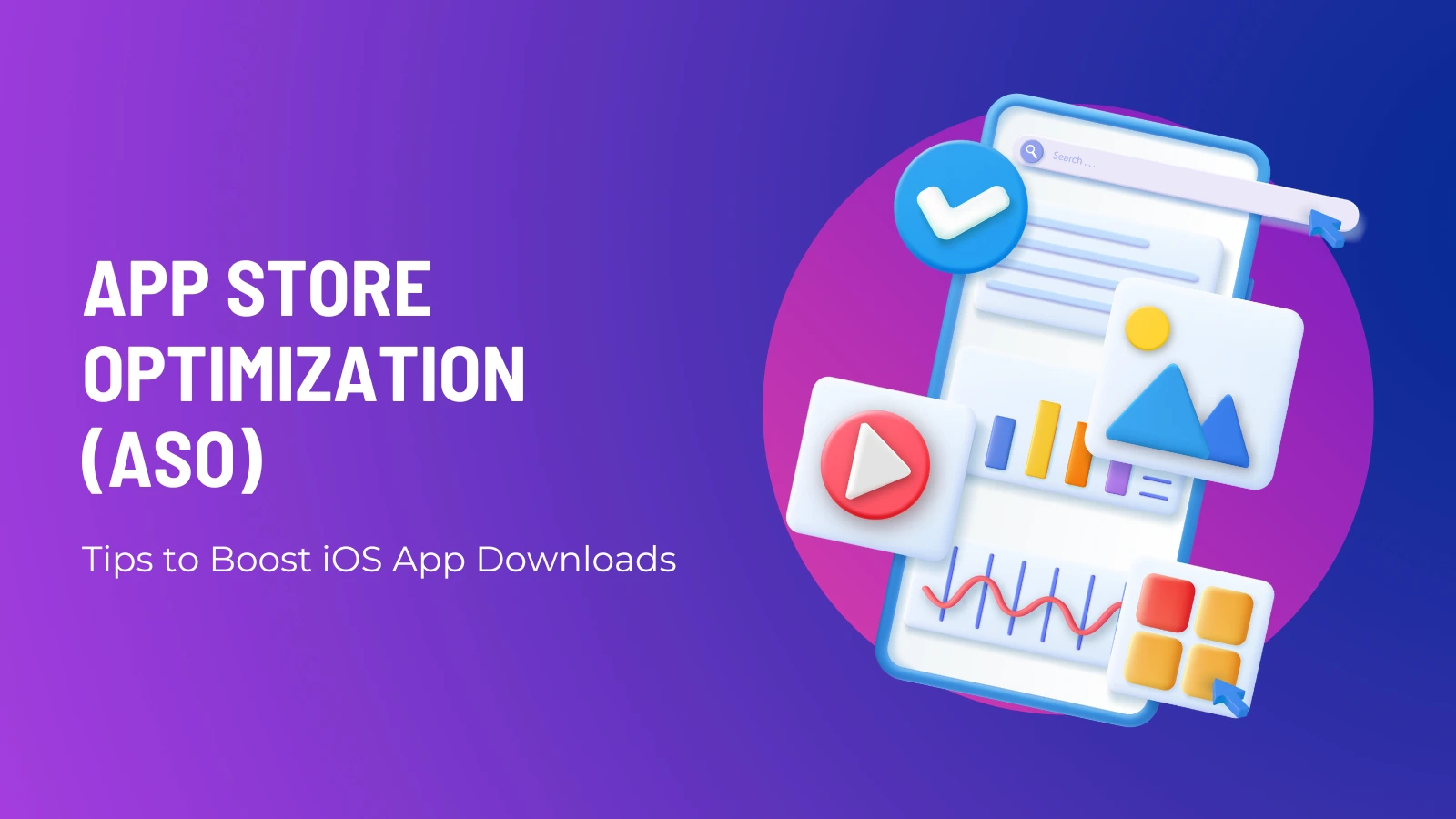Why Flutter Is The Future Of Cross-Platform App Development in 2025
Why Cross-Platform Development Starts and Ends with Flutter in 2025
Not so many years ago, app development was twice the duration, twice the teams, twice the headaches Flutter App Development services were dealing with isolated codebases for iOS and Android, leading to bloated budgets and out-of-sync user experiences. Enter cross-platform development with its siren song: one codebase, all platforms.
But not all cross-platform tools were created equal. Some were quick but not performance-oriented. Some were adaptable but sacrificed design. And then Flutter came along, and the game changed.
As we enter 2025, Flutter isn't merely among the tools at our disposal—it's the one. Quick, adaptable, and powered by an enthusiastic community, Flutter is the solution of choice for app developers and organizations. Here's how Flutter is not only surviving but thriving in the app dev universe.
Flutter's Big Break
Unleashed by Google in 2017, Flutter app development services started out as a mobile-first framework. But it never stayed in its lane. Over time, Flutter evolved into a proper multi-platform giant, able to handle Android, iOS, web, desktop, and even embedded devices from one codebase.
What did developers fall in love with? Capabilities such as hot reload, where you can see code changes in real time. And of course, the ability to create beautiful, high-performance apps without getting lost in native SDKs.
Flash forward to 2025 and Flutter is no longer a niche framework—it's dominating the cross-platform game and powering everything from small indie attempts to full-fledged enterprise apps.
Standing Out of the Crowd
Let's discuss competition. Flutter app development services are competing in the cross-platform space with Xamarin and React Native—but it's moving forward for a reason.
React Native, being JavaScript, relies on a bridge to talk to native modules. This is a limitation, particularly on graphically intensive apps. Xamarin, while strong, is clunky and less agile.
Flutter, however, has Dart, a speed- and efficiency-oriented language. Its widget architecture means that everything—buttons, text, layouts—is programmable and consistent across all platforms. No platform-specific design quirks to deal with.
In short: Flutter places you squarely in charge of the UI without sacrificing performance. It's a Swiss Army knife that just so happens to be a masterpiece—lean, breathtaking, and utterly effective.
The Power of the People
One of Flutter's greatest strengths? Its community.
With over 150,000 GitHub stars, thousands of contributors, and a strong open-source package ecosystem, Flutter is a movement rather than a framework. Developers continue to build and share plugins ranging from payment processing to AR/VR capabilities.
Need geolocation? An audio player? A barcode scanner? There's likely a plugin for that—and if there isn't, someone's likely working on it right now
This actively supported environment leads to faster development, rapid bug fixing, and innovative solutions you can plug directly into your app. It's basically a global dev team working in your favor.
Speed and Smarts: The Performance Advantage
Flutter's Skia-based rendering engine is a true game-changer. It allows the framework to redraw UI elements at native speed, with silky smooth, buttery animations and high frame rates—on even budget hardware.
By 2025, the performance gap between native apps and apps built with Flutter is non-existent. Some apps even outperform their native versions, especially when developers take full advantage of Flutter's optimization features.
This matters. A quick, responsive app retains users, enhances retention, and increases satisfaction. For companies, that directly translates to improved reviews, increased conversions, and increased brand loyalty.
Google Has Its Back
Flutter app development services have another huge advantage: Google's support.
This is not a side project—it's central to Google's vision for the future of software development. The company continues to put investment into Flutter, adding features, patching bugs, and adding support for new platforms.
In 2025, Google is doubling down on Flutter's role in building apps for foldables, smart displays, and even wearables. The roadmap is packed with innovations, and Google's commitment guarantees developers that Flutter is here to stay.
Imagine having your startup built with a technology behemoth as your angel investor—it's a sure thing with huge upside.
Big Names, Big Wins
Flutter is not just for startups and side projects. The big guns are already in.
BMW uses Flutter to power in-car infotainment with the same seamless, glossy experience spanning across cars. eBay is powering parts of its shopping app, and Toyota has employed Flutter to power in-car experiences going forward.
These are not tests—these are mission-critical applications that have been used by millions. If Flutter is good enough for world brands, it's good enough for your next project
Bumps in the Road (and How Flutter Smoothes Them Out)
No program is perfect, and Flutter has likewise experienced criticism, mostly during the initial period of time.
Some developers complained about large app sizes and the steep learning curve of Dart. Others worried about platform limitations or plugin support.
But Flutter has come of age. Deferred loading, code splitting, and other optimizations have reduced app bloat to a minimum. Dart, once a foreign language, is now praised for its simplicity and performance, especially for developers familiar with JavaScript or Java.
In 2025, all these issues are greatly eased, and Flutter's development experience is smoother than ever.
The Future's Flutter-Shaped
Cross-platform development used to be settling for less. With Flutter, it's an advantage. No matter whether you're an individual developer bringing your dream app to life, a startup scaling up to move fast, or an enterprise scaling up to millions of users, Flutter app development services help you get there faster with speed, performance, and flexibility. In 2025, Flutter is not just another app player—it's the future of cross-platform development. It's stunning, it's quick, and it's backed by an army of developers and Google itself. So if you are developing apps, it is time to bet on Flutter. The future is not coming. It's being written—in Dart.
Subscribe Now
Get the weekly updates on the newest brand stories, business models and technology right in your inbox.
More Blogs
AR vs VR in Automotive_ From Virtual Test Drives to AR Dashboards
The automotive industry has experienced transformative changes in the recent years, all thanks to breakthroughs in immersive technology. The most notable changes are due to Augmented Reality (AR) and Virtual Reality (VR). The debate of...
App Store Optimization (ASO) Tips to Boost iOS & Android App Downloads
The process of increasing your program's exposure and download volume in the Apple program Store is known as app store optimization, or ASO. By customizing the right keywords, metadata, and user interaction metrics, ASO, like Search En...
How AI is Powering the Future of Robotaxis & Machine Learning Algorithms Behind Autonomous Driving Systems
Robotaxis are fast becoming a science fiction dream turned reality, revolutionizing the way individuals move around cities. Robotaxis—autonomous vehicles that can transport people without the need for drivers—is revolutioni...

 Awards & Recognition
Awards & Recognition







